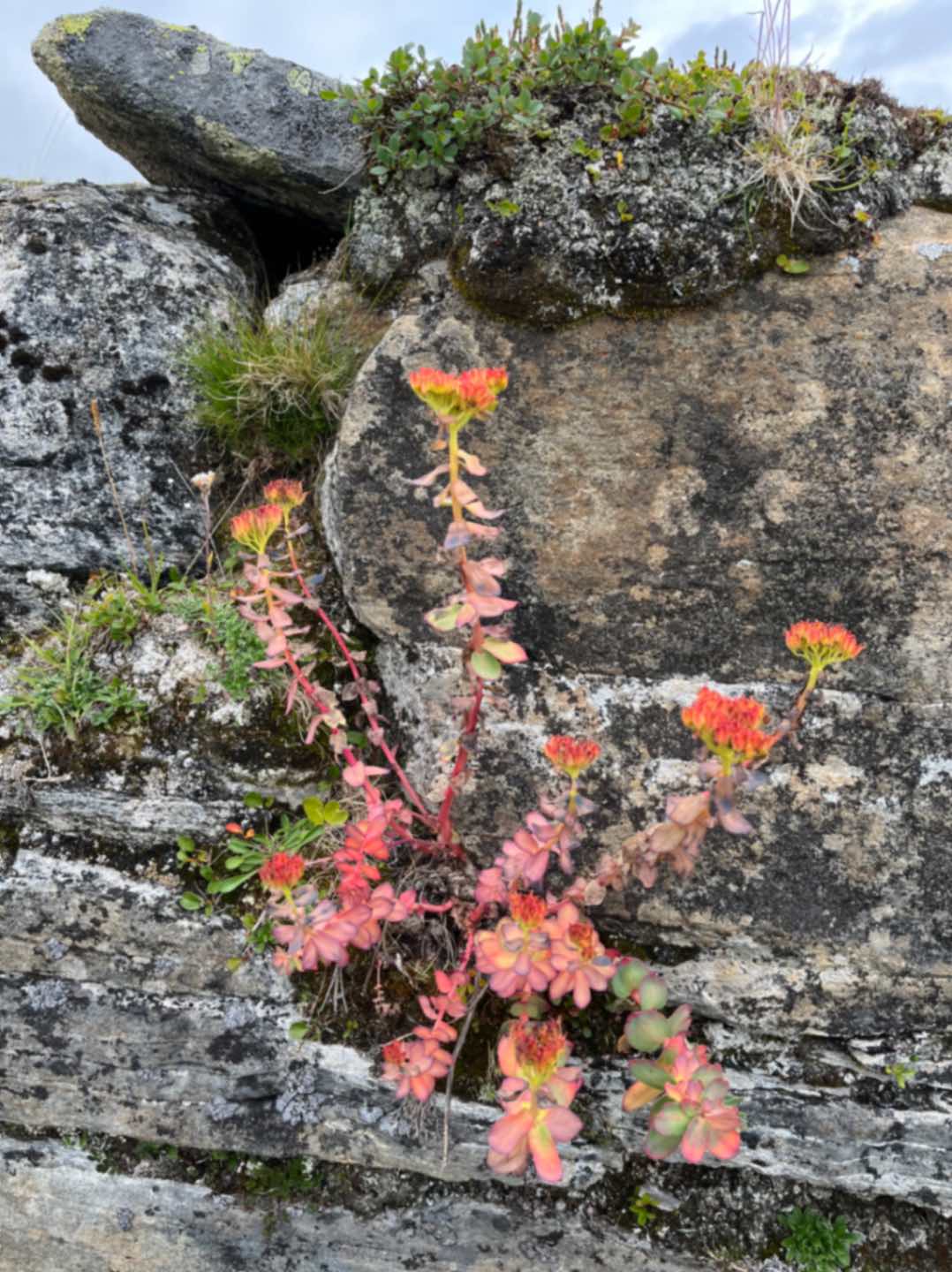
Sensing what a plant senses. Can art perform the ways plants are in the world? Can media and aesthetic strategies translate, appropriate, recreate the ways plants perceive the world? The many ways how they feel? How they inhabit the world, change it, share it? How they construct their worlds? This is, among other, what the term plant intelligence hear means: the acute and specific way of making an existence.
Humans can never feel like plants because we do not have the same sensors, the same minds, the same bodies. Nevertheless, there are ways of relating to each other, old and new ways of extending toward the others, ways of forming more-than-human-collectives. Humans have always lived with plants; they developed various cultures, rites, and ceremonies to foster and celebrate this. Before the background of the current wasting of the world, we need to rethink other ways – vegetal ways – of worlding: ways that do not consume the world, but (re)produce it. Like a plant does, like entanglements of plants and others do. But thinking about vegetal ways of producing world does not mean that the world will turn to a better one automatically. Plants also have agendas – agendas which e.g. might not fit with the well-intended interests of an organic farmer; things are complicated: thinking vegetal takes its tolls, too. But if we want to change the dominant lifestyle and to enter the stage of co-composing the world with plants, we can not do otherwise than learn from them, think with them, and act with and trough them. Also, in the arts. So, one of the questions which “Vegetal Theory” ties to follow is: What are the aesthetic strategies to simulate, to invent and narrate such events of vegetal becoming; of world-making? And how and to what ends can art help to experience and adopt plant intelligence?



